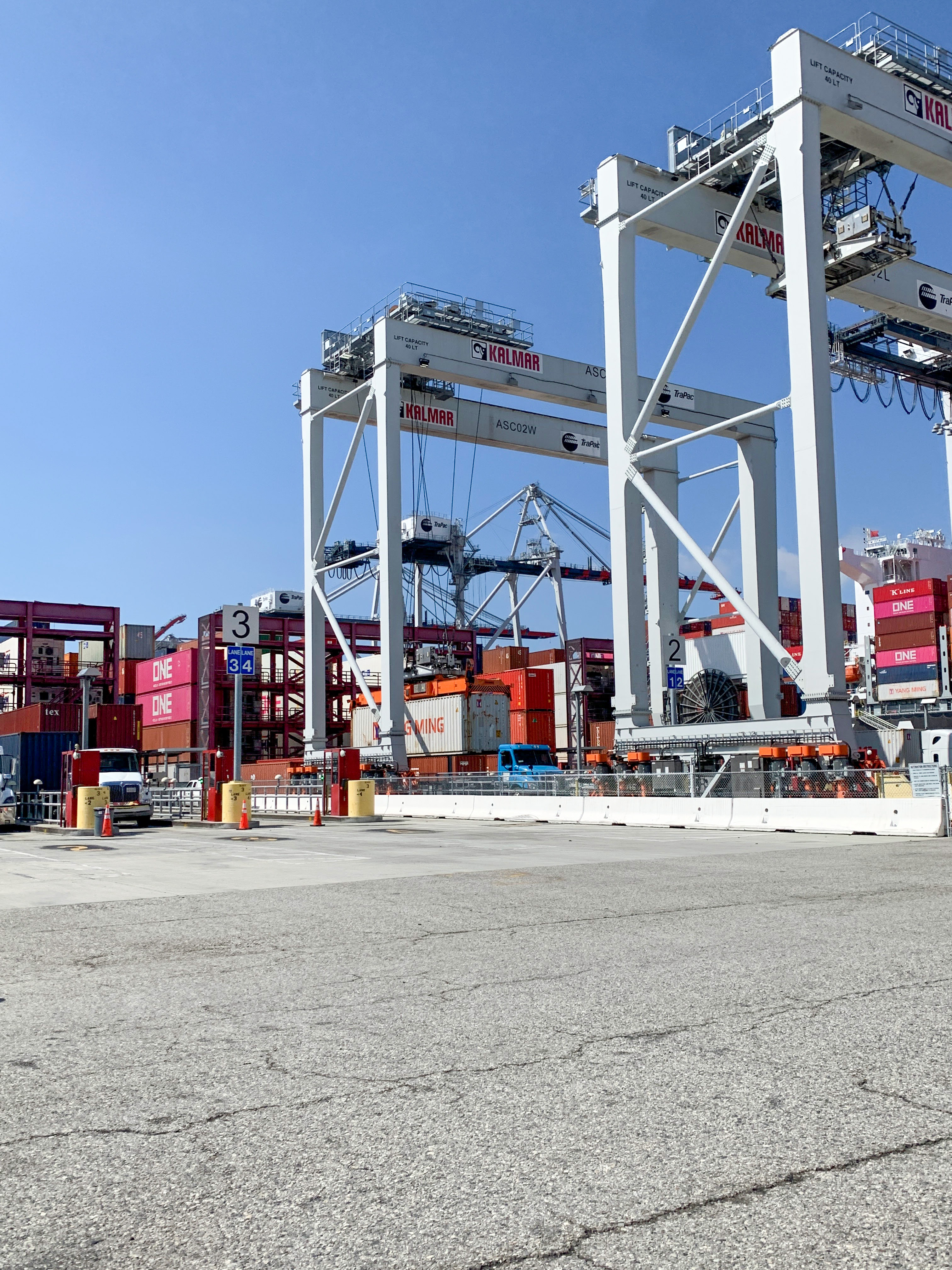Research and Modeling Approach
ELECTRIFICATION POTENTIAL OF CHE
GRID IMPACTS
LOADING CONDITIONS




With a grid model in place, it was also necessary for EPRI to calculate current and future loading conditions, both at POLA and in the surrounding area. This included the location of large loads, like electric cranes, as well as the load profiles of different CHE. "One of the big things we identified is that, based on future scenarios, you would need a new transmission receiving station," Peppanen said. "Some scenarios you can accommodate with minor changes, like transferring some of the loads from one circuit to another. But in some scenarios, significant investments were needed, like several additional circuits and miles and miles of new underground cables."
EPRI also filled knowledge gaps about the grid impacts of electrification and potential opportunities to mitigate them. This required detailed distribution system modeling and analysis, which was spearheaded by Jouni Peppanen, an EPRI Principal Team Leader. "At the time of the study, LADWP didn't have a model available for POLA and the surrounding area," Peppanen said. "The starting point was to implement a model by taking GIS (geographic information system) data and mapping and design documents from LADWP to find and clean up the key data." With this data, EPRI developed a detailed grid model using its open-source OpenDSS software.
The electrification potential of different types of CHE also varies significantly. While electric cranes, forklifts, and other CHE are already well established or moving quickly towards maturity, other types are novel. "We were looking at equipment with serial number one," Johnson said. "That makes it a lot harder to come up with assumptions about how much energy it is going to consume, what it's going to take to charge it, and how often you're going to have to charge. There are a lot of nuances, and it's hard to truly know until it's out there in the field and being used by actual people." This is where EPRI's subject matter expertise about the energy consumption of similar electric equipment performing similar tasks helped develop assumptions that were incorporated into load forecasts.
One of Peppanen's main takeaways from his work was the importance of continually updating the modeling and analysis as more information becomes available. For instance, a better understanding of terminal operator CHE electrification strategies would provide vital data for planning and executing the long-term investments needed to prepare the grid for new loads. "The LADWP team definitely can identify good ways to address the needs of container terminal operators if they know what those needs are," Peppanen said. "I think it'll be very important for LADWP and POLA to work very closely with the container terminal operators on their electrification plans because of the lead times and the costs involved with different mitigation solutions."
UPDATING MODELING
Grid Impacts


NEXT
PREVIOUS
Electrification Potential of CHE
Loading Conditions
Updating Modeling